 Oil company BP is expected to brief reporters Tuesday morning about its next attempt to contain the gushing oil in the Gulf of Mexico — a maneuver called a “top kill” that it plans to implement the following day.
Oil company BP is expected to brief reporters Tuesday morning about its next attempt to contain the gushing oil in the Gulf of Mexico — a maneuver called a “top kill” that it plans to implement the following day.
All previous attempts by the company to cap the spill have failed, and BP CEO Tony Hayward said the top kill maneuver will have a 60 to 70 percent chance of success when it is put in place as early as Wednesday morning.
The procedure has worked on above-ground oil wells in the Middle East but has never been tested 5,000 feet underwater.
Public patience is wearing thin 36 days into the spill, as oil sloshes ashore on Louisiana’s barrier islands and seeps into marshes around the mouth of the Mississippi River.
Fishing is a $2.4 billion industry in the Gulf states.
“BP We Want Our Beach Back” read one of many signs posted in Grand Isle, Louisiana.
State and parish leaders have demanded the federal government approve their plan to dredge up walls of sand to close channels between the Gulf and coastal estuaries.
Those plans have been held up by the Army Corps of Engineers, the Coast Guard and BP.
“It’s easier to clean oil on sandy beaches than it is to clean up an estuary. There’s no way to clean up the estuary, which is the breeding ground which allows for our fisheries to be in abundance,” said Steve Theriot, Jefferson Parish president.
U.S. Commerce Secretary Gary Locke on Monday declared a fishery disaster in the Gulf of Mexico.
The National Oceanic and Atmospheric Administration has closed nearly 20 percent of the commercial and recreational fisheries in the area because of the spill, and Locke’s declaration will allow the federal government to give Gulf states additional resources to to soften the blow.
With the Obama administration under increasing criticism for its handling of the spill, Homeland Security Secretary Janet Napolitano said the government considers BP the responsible party.
“But we are on them, watching them,” she said after a flyover of the affected area Monday.
Republican Strategist Mary Matalin, who toured the damage by boat Sunday, said the White House should cease “saying they have their boot on the neck of BP. They don’t have a ballet slipper on the neck of anybody.”
Presidential historian Doug Brinkley, a longtime resident of New Orleans, Louisiana, warned that Obama’s political stock could hinge on the administration’s response.
“I think that the president has to get control over this situation,” he said Monday night. “Right now, there is a feeling in the country that BP’s in charge, but BP is the one that has been grossly negligent.”
But Coast Guard Commandant Adm. Thad Allen, the Obama administration’s point person in the Gulf, said removing BP from the cleanup efforts is not an option.
The government, he said, has neither the equipment nor the expertise to undertake the operation by itself.
“To push BP out of the way would raise a question, to replace them with what,” he told reporters at a White House briefing.
If all goes according to plan, BP on Wednesday will pump thick, viscous fluid twice the density of water into the site of the leak to stop the flow so the well can then be sealed with cement — the so-called top kill procedure.
If the procedure doesn’t work, BP said it will try to fit a second, smaller containment dome over a ruptured pipe. An earlier containment dome did not succeed in stopping the leak.
The company said it has other options too. One of those would be to install a second device, known as a blowout preventer, at the leak site. Such a device is supposed to stop oil from gushing into the sea in the event of a problem like the one triggered when the Deepwater Horizon oil rig sank a month ago, triggering the leak.
The blowout preventer did not function properly after the rig sank about 40 miles off Louisiana, and oil has been gushing into the Gulf ever since at an estimated rate of about 5,000 barrels (210,000 gallons) a day. Some estimates have put the amount of oil spewing from the well far higher.
The company also could try a “junk shot,” which would involve plugging the well with rubber and other substances, BP Managing Director Robert Dudley said.
However, a final, permanent solution could take until August — the estimated completion date for a relief well that is being dug along with other efforts to stop the leak, said Allen.
By the time the leaking well is finally capped, the amount of oil discharged could be comparable to the total released in the Exxon Valdez environmental disaster 20 years ago, Allen said.
(Source: CNN)




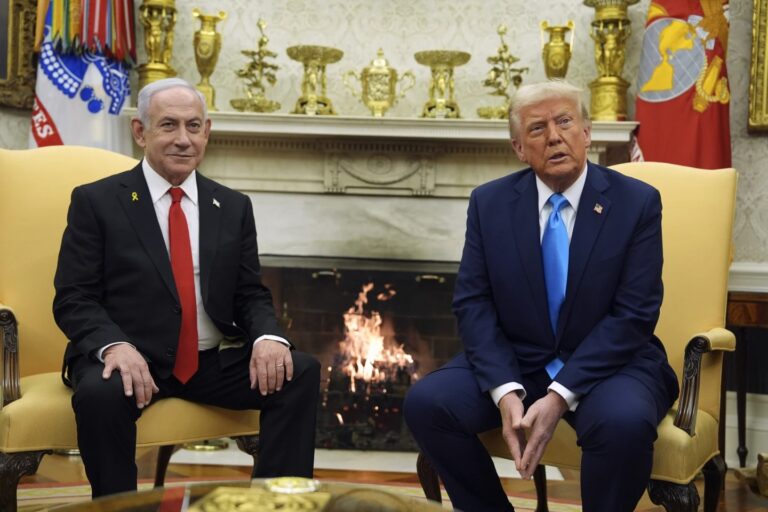
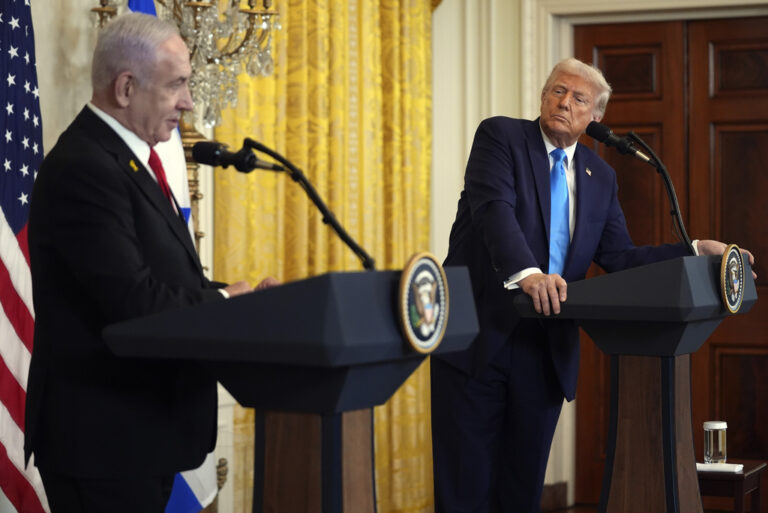


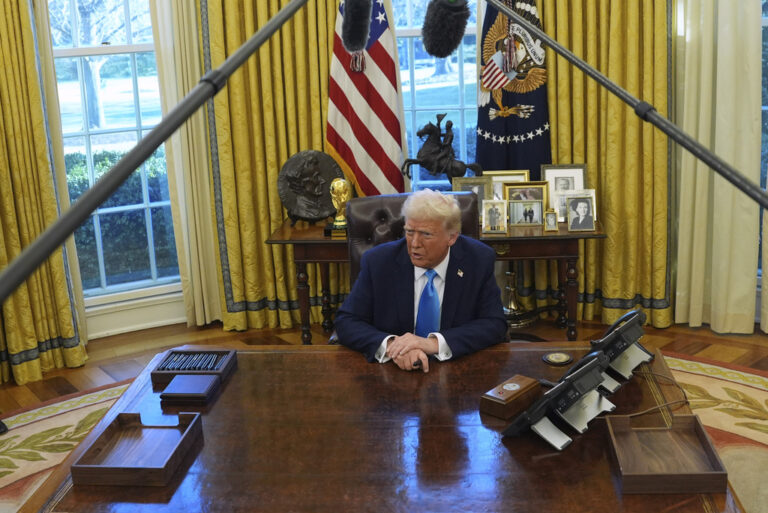
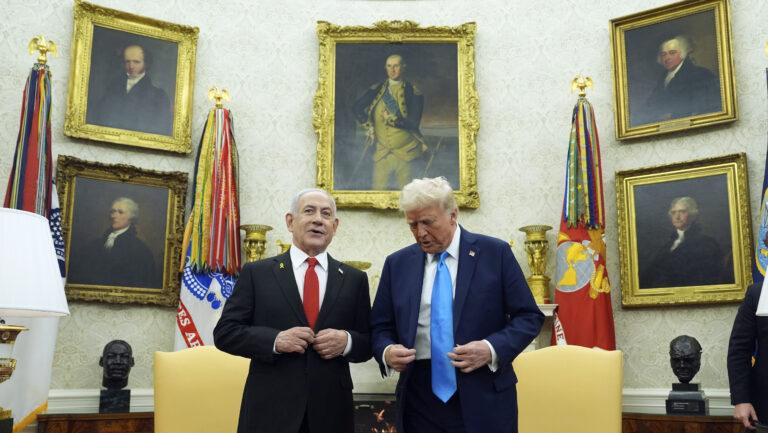
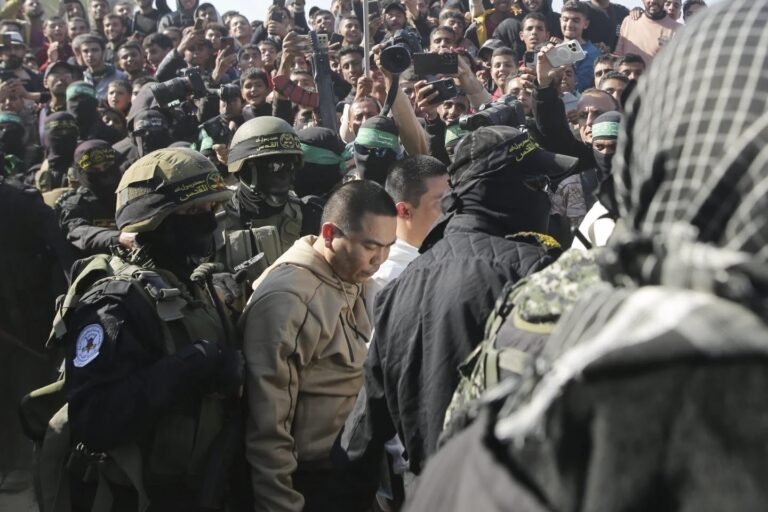
4 Responses
I’m surprised that Obama did not blame President Bush for this mess.
I believe the President is not responding and/or underresponding because Louisiana was the only state in the Union that refused every penny of stimulus money. So, this is Obama’s way of punishing Governor Bobby Jindal for refusing to allow Louisiana to become dependent on Washington.
#2 – Not to mention the large campaign contributions Obama received from BP.
2… GREAT POINT!!!
3… Good point and I have heard that too but I dont understand why, in that case, he didnt come and rescue them.
Anyway, the regime should blame itself as they FAILED to be involved since day one like they claim. There was equipment missing from the Gulf which should have handled it all but alas the Feds messed up again.
Is there ANYTHING they could do well??? NO!!